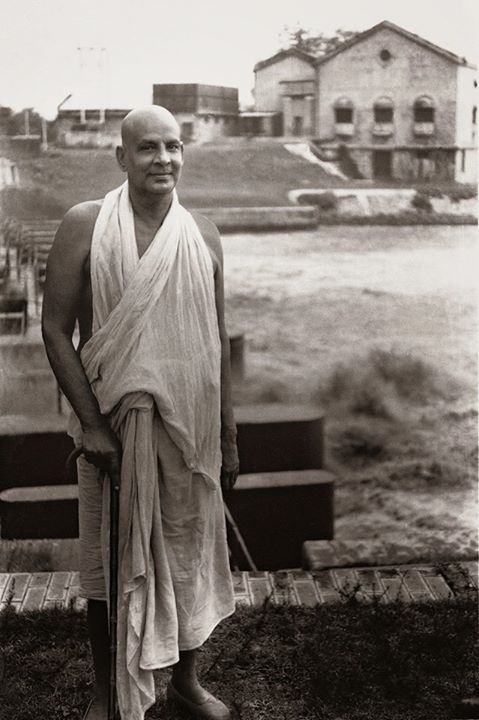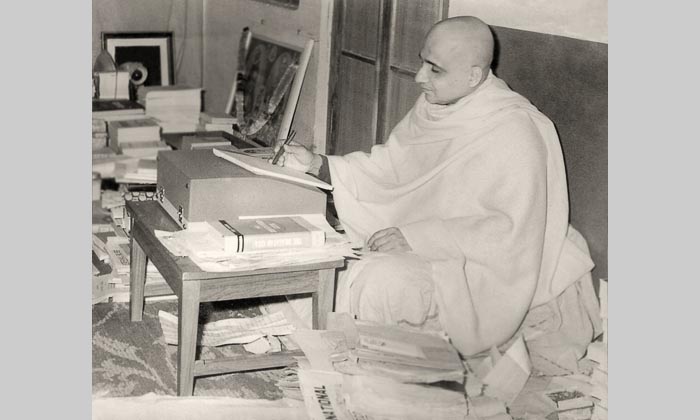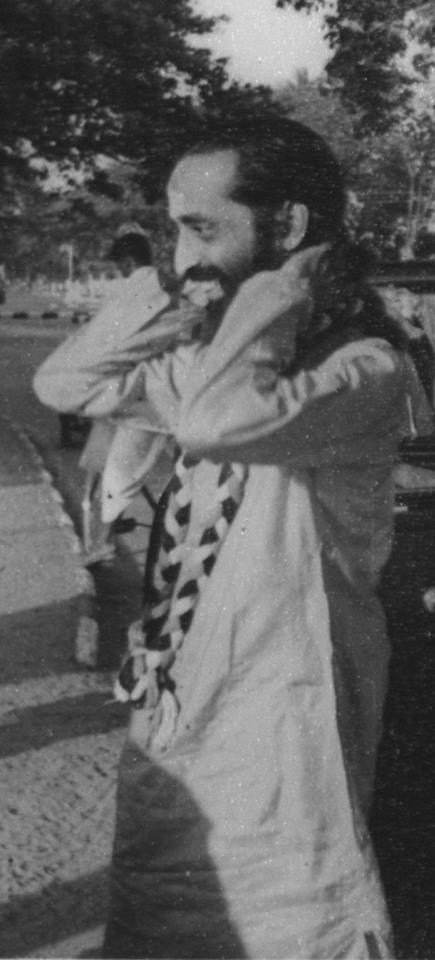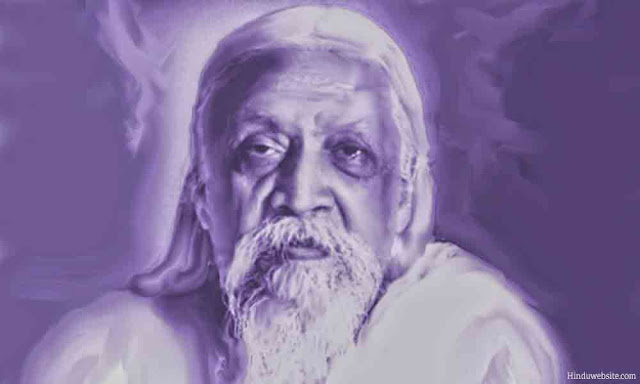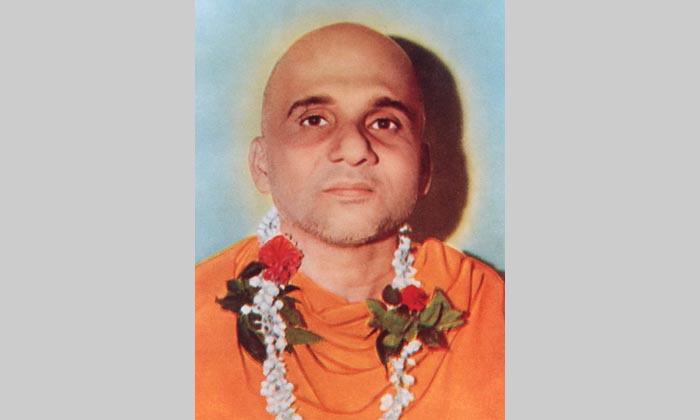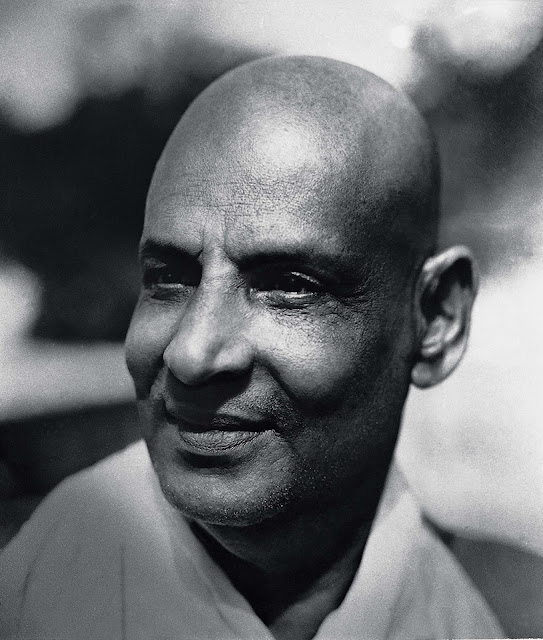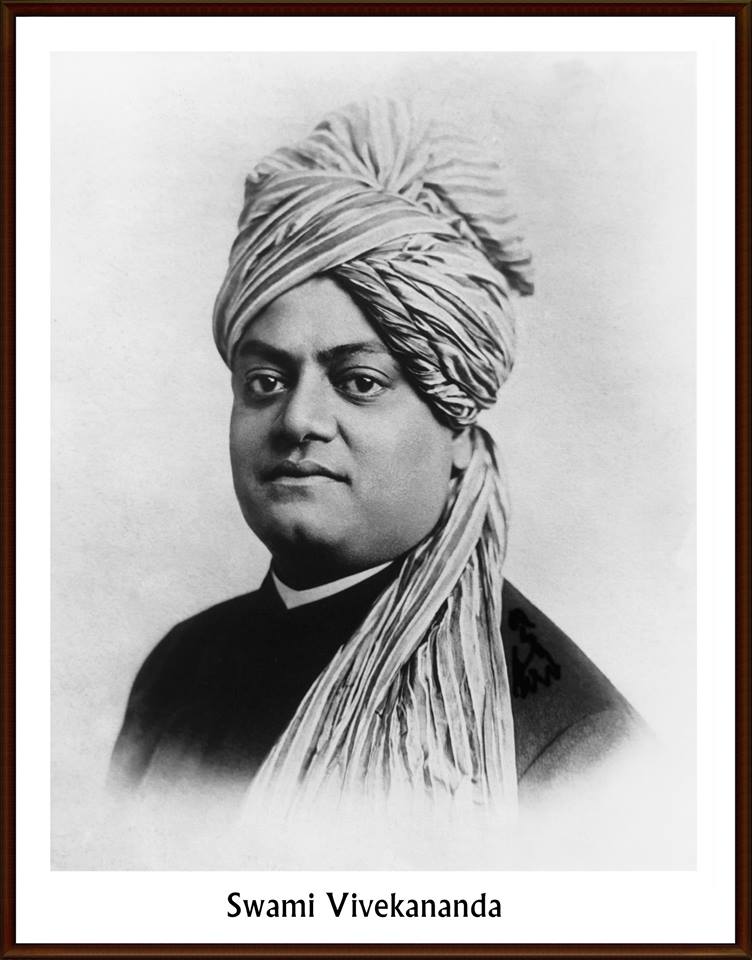True freedom lies in being content now :

1. Not only is your strength reduced by the way that you live the past and project onto the future, but also how you live in this moment. If you accept the present you can flow flexibly without wasting your energy. Accepting does not mean submitting yourself or feeling a victim of what is happening now. From acceptance, you confront and transform . Accepting the present and trusting in the future helps us to be well. instead of being grateful for what you have and accepting yourself as you are, you try to have and be like the other. In this way, you are never satisfied. The dissatisfaction causes you a constant unhappiness that reduces your vitality. When you feel happy and satisfied your energy flows more easily. The most important thing that you should do in this moment is to feel content. Don't let your own mind create the thoughts that trap you. It is we ourselves who create our emotional cages. 2. We are subject to a continuous commentary on life around us from our o...

